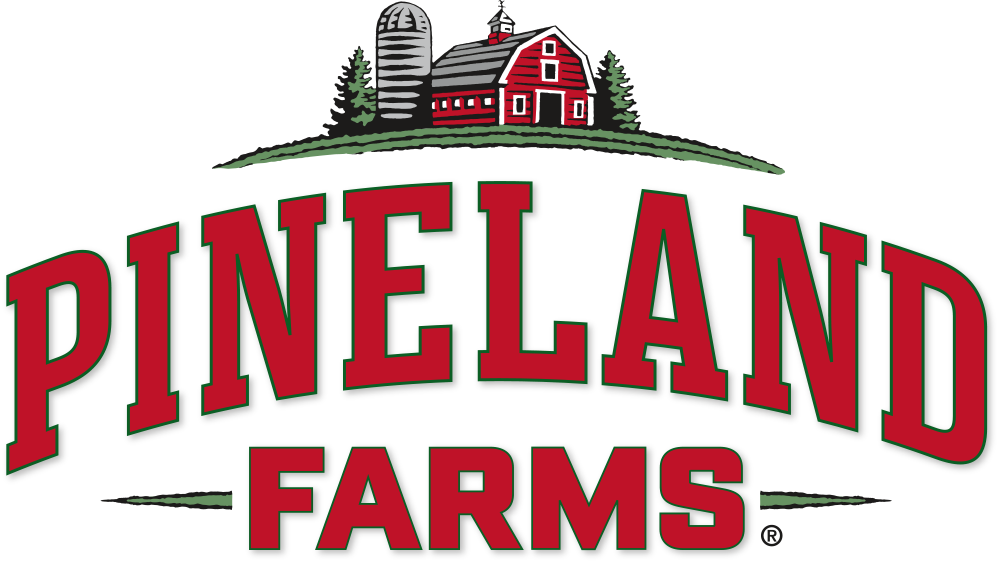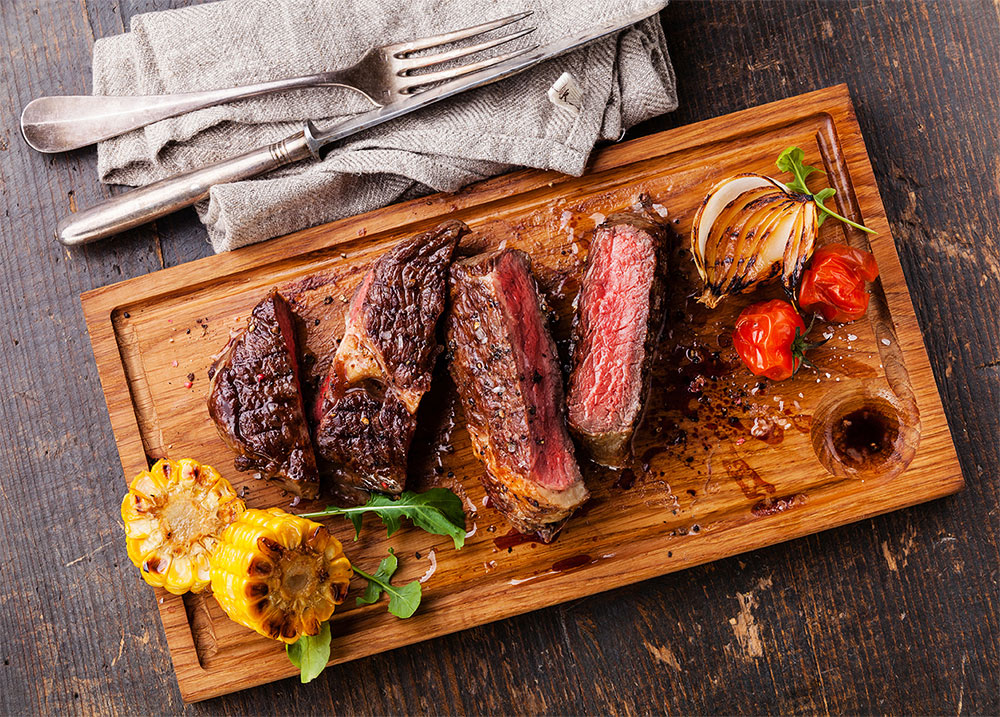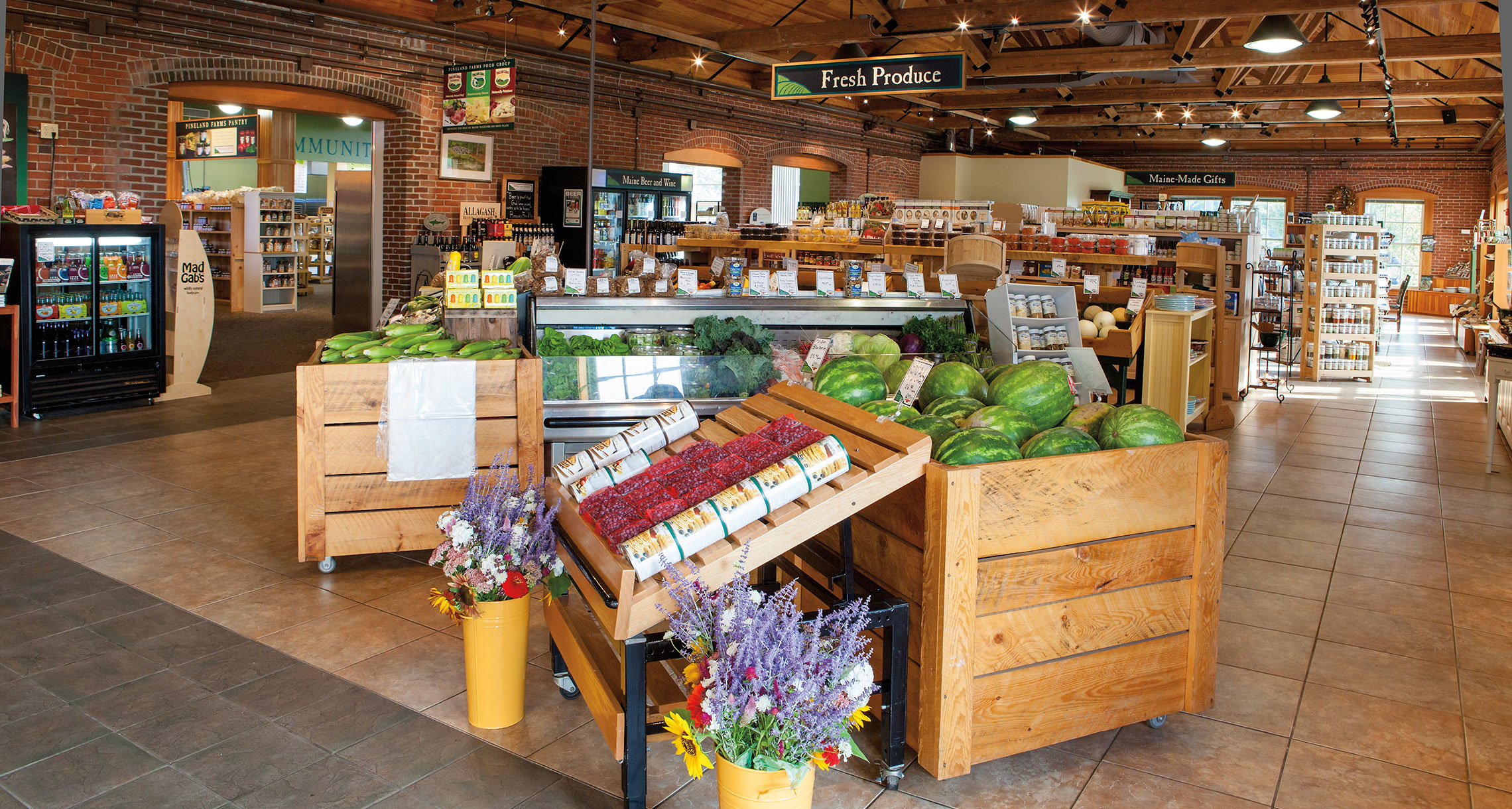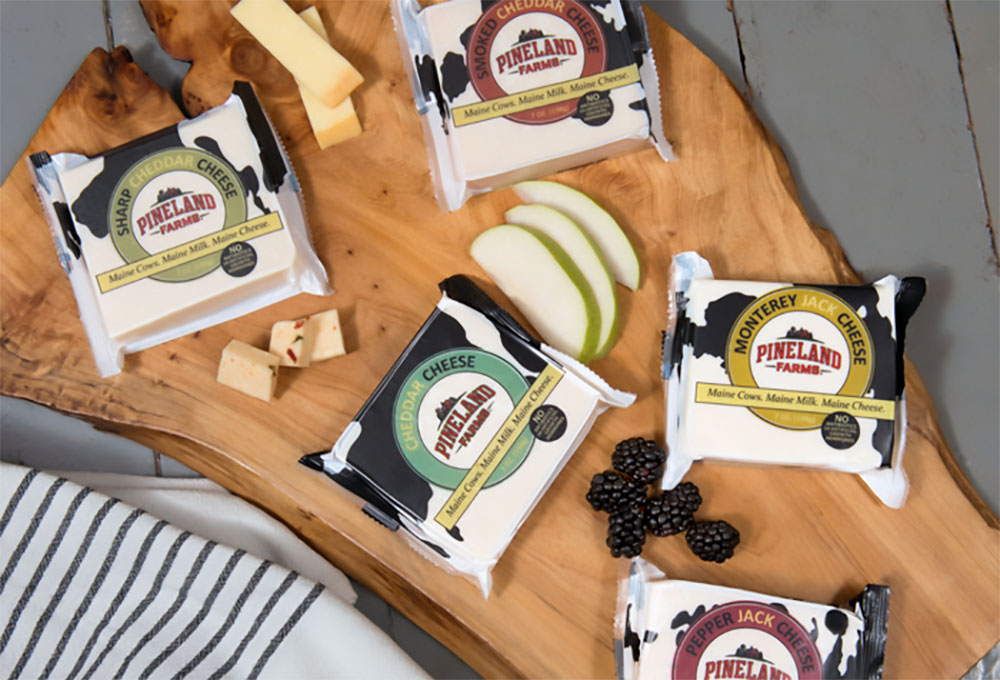Ice Skating at Pineland Farms: A Beginner’s Guide
Ice skating is one of the many great winter activities offered here at Pineland Farms! It’s a sport for all to enjoy, but some may be a bit nervous to partake considering ice is slippery. However, as with any activity, it only takes practice to master it.
No lessons or rentals are available at Pineland Farms, but you can bring some skates and use this as a guide to begin to master the art of ice skating.
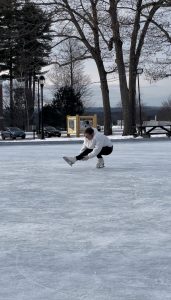
Tips to Staying Upright on Skates
1. Don’t look down.
Naturally, we have a tendency to look down at our feet when we’re in motion, and this is especially true when we’re ice skating because we’re not following a natural pattern of movement. Essentially, our brains process this as a danger. It’s a safety mechanism that we’re naturally wired to have, but in ice skating, it will weigh us down and make us more prone to falling.
Our heads are almost 10% of our total body weight, which is a lot in a sport where weight distribution is crucial to success. Looking down will only cause weight to go forward, tipping us toward the ice, so it’s important to keep your head up. To help with this, try looking at something high up (such as the green on trees, tops of buildings, etc).
2. Bend your knees.
Knee bend is another crucial aspect of skating to help with both proper weight distribution and power. If you’re stiff with no knee bend, you will have no control over the muscles that help you balance, which will cause you to fall. Bending your knees allows proper control over your leg muscles and helps keep you low and centered to gravity.
3. Engage your core.
Similar to knee bend, engaging your core helps keep you upright and balanced through activating your muscles and allowing you to control them. Controlling your core helps you control all other parts of your body, helping to keep weight distribution perfect.
4. Start slow.
Going fast is one of the fun parts of ice skating, but going fast without being able to control your speed is a recipe for disaster. Get familiar and comfortable with your blades and edges, and learn how to control them before trying to travel at the speed of lightning. If you try to go too fast too soon, you could hurt yourself or others. Remember, slow and steady wins the race.
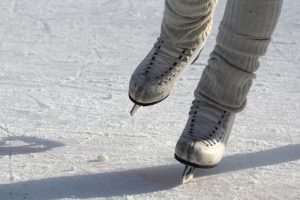
Exercises to Help Your Control
1. Falling safely
While the goal of ice skating is to avoid falling, it’s an inevitable part of the learning process, so it’s important to learn how to fall safely to avoid injuries. Never fall onto your hands, as this can cause injury to your wrists. Instead, aim to fall on the side of your thigh, right around your hip area. This area is best-equipped to withstand the weight and impact of a fall.
Always keep your head up as well, as hitting your head could result in a concussion.
With falling, knowing how to get back up is equally as important. To get back up, simply put one knee up, place your hands on that knee and push up to bring your back knee up. Then, place your arms in front of you, as if they’re on a table, and stand still to steady yourself.
2. Forward marching and gliding
Forward marching is exactly what it sounds like – marching forward on the ice. This is a great way to get comfortable with the feeling of walking on ice without having to stray too far away from your natural stride just yet.
To start, you’ll want to stand with your feet roughly shoulder-width apart, keep a slight knee bend, keep your head up and put your arms out in front of you, as if you’re pushing a table. This will help engage all necessary muscles, as well as help keep your weight distribution in check.
Once you’re in position, gently lift one foot off the ice and step forward, then repeat on each side. Every few steps, stop and stand still to let yourself glide. This will allow your body to get used to the feeling of moving on ice, and help your brain register it as a normal and “safe” feeling.
3. Forward swizzles
Forward swizzles help introduce you to your edges and get you comfortable using different parts of your blade, which is extremely important in basic maneuvers such as stopping.
There are two different edges on all ice skates – inside edges and outside edges. Inside edges are those that face each other and are reached from shifting the weight of your ankles inwards. Outside edges are those that face the walls of the rink and are reached from shifting the weight of your ankles outwards.
Swizzles use the inside edge, and they form an egg shape on the ice. To do these, start with your heels together and toes pointed outward. Then, bend your knees and push outward with the middle of your blade, and bring your toes together. Repeat this down the ice until you get comfortable and confident with this feeling.
4. Backward wiggles and gliding
Most people are surprised to hear that if you can skate forward, you can skate backward. However, the mechanisms are pretty much the same, our minds just are more hesitant to travel backwards as we can’t see what’s behind us.
In this case, it’s important to look behind you to be aware of any people or hazards that may surround you. If you aren’t cautious and aware, you could put yourself and others at risk of falling or getting injured.
To do backward wiggles, point your toes slightly toward each other, bend your knees and wiggle your weight between each foot. It may look silly at first, as if you’re doing a dance, but it’ll get you comfortable moving backwards with a proper amount of speed and control.
To glide backwards, you’ll follow similar steps to forward gliding. Practice your wiggles, and when you get some momentum, bring your feet together and hold your arms still in front of you (remember your imaginary table).
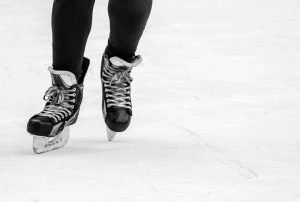
5. Backward swizzles
Backward swizzles follow basically the same steps as forward swizzles, except you start with your toes together and end with your heels together.
To start, stand with your toes pointing inward and your knees bent. Then, push outward with the center of your blade, aiming to bring your heels together.
Forward and backward swizzles can also be done together in a “rocking horse” motion, where you do one forward then one backward, and repeat.
6. One foot gliding
One foot gliding sounds intimidating, but as with anything, practice makes perfect. To achieve a one foot glide, you’ll want to first be comfortable with your two foot glide as it’s another step beyond.
Start slow and remember your foundations. You’ll want to start with your marching or wiggles (depending on whether you’re trying to do a forward or backward one foot glide) and then go into a two foot glide. Make sure your feet are next to each other, then slowly and gently lift one foot off the ice.
It’s important to keep your feet close to each other and have your weight properly distributed before attempting to lift one foot off the ice because your center of gravity will be off without doing so, which will make your hip drop inward and cause you to put your foot down.
7. Stopping
Stopping is one of the most important skills to learn in ice skating. If you want to be able to go fast or control yourself on the ice, you’ll need to know how to stop.
It looks difficult and feels difficult while you’re learning, but it’s very simple once you get the hang of it. To stop, remember your essentials: Bend your knees, use your core and keep your head up. The deeper the knee bend, the better.
For starters, practice stopping while standing still. It may sound counterintuitive, but it’s a safe way to get a feel for the edges you’ll use and helps your brain learn which muscles to use and what the general stopping motion feels like.
To begin the stopping motion, stand with your feet together, point your toes inward toward each other and bend your knees. Inside edges are used for stopping, so lean onto both inside edges. Then, push your feet outward away from each other, using the center of your blade. The goal is to “make snow,” which happens when you have a good amount of friction coming from your blade scraping the ice in such a manner.
Once you feel comfortable with this maneuver standing still, practice it from a slow two foot glide. As you get more comfortable and successfully stop, you can add more and more speed.
Safety is of the utmost importance on the ice, and knowing the proper ways to skate and practice will help you stay as safe as possible as you glide this winter!
